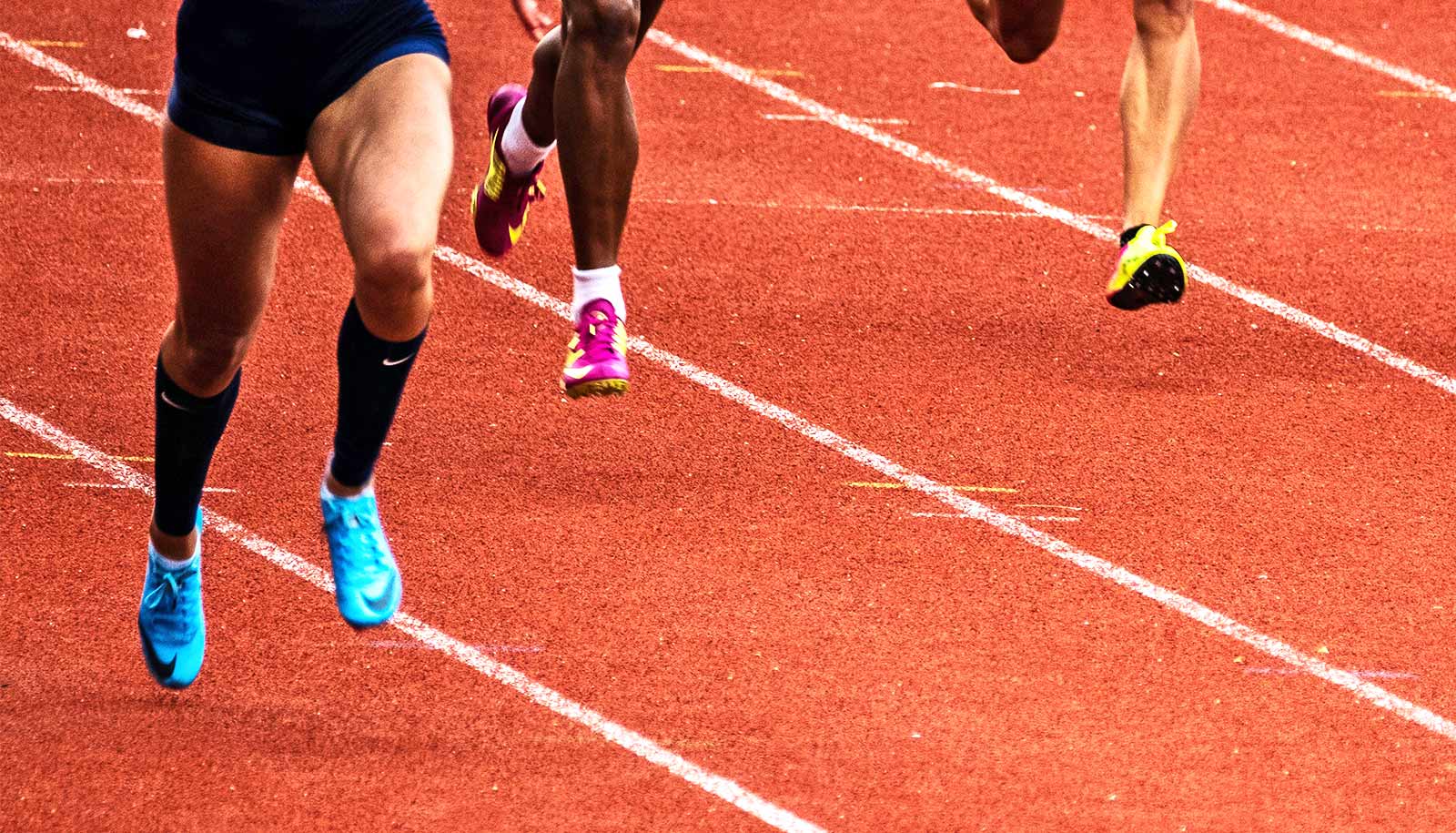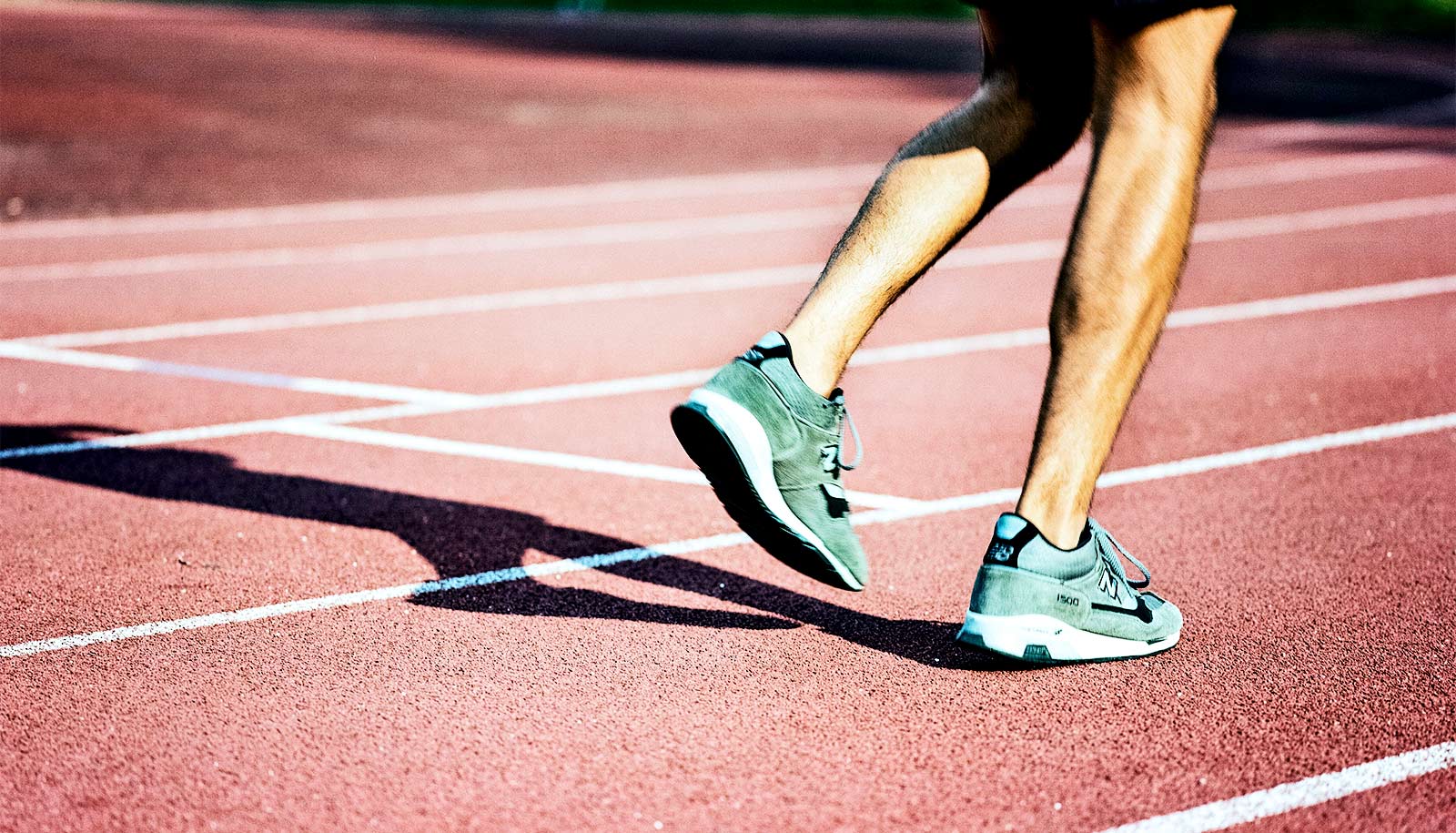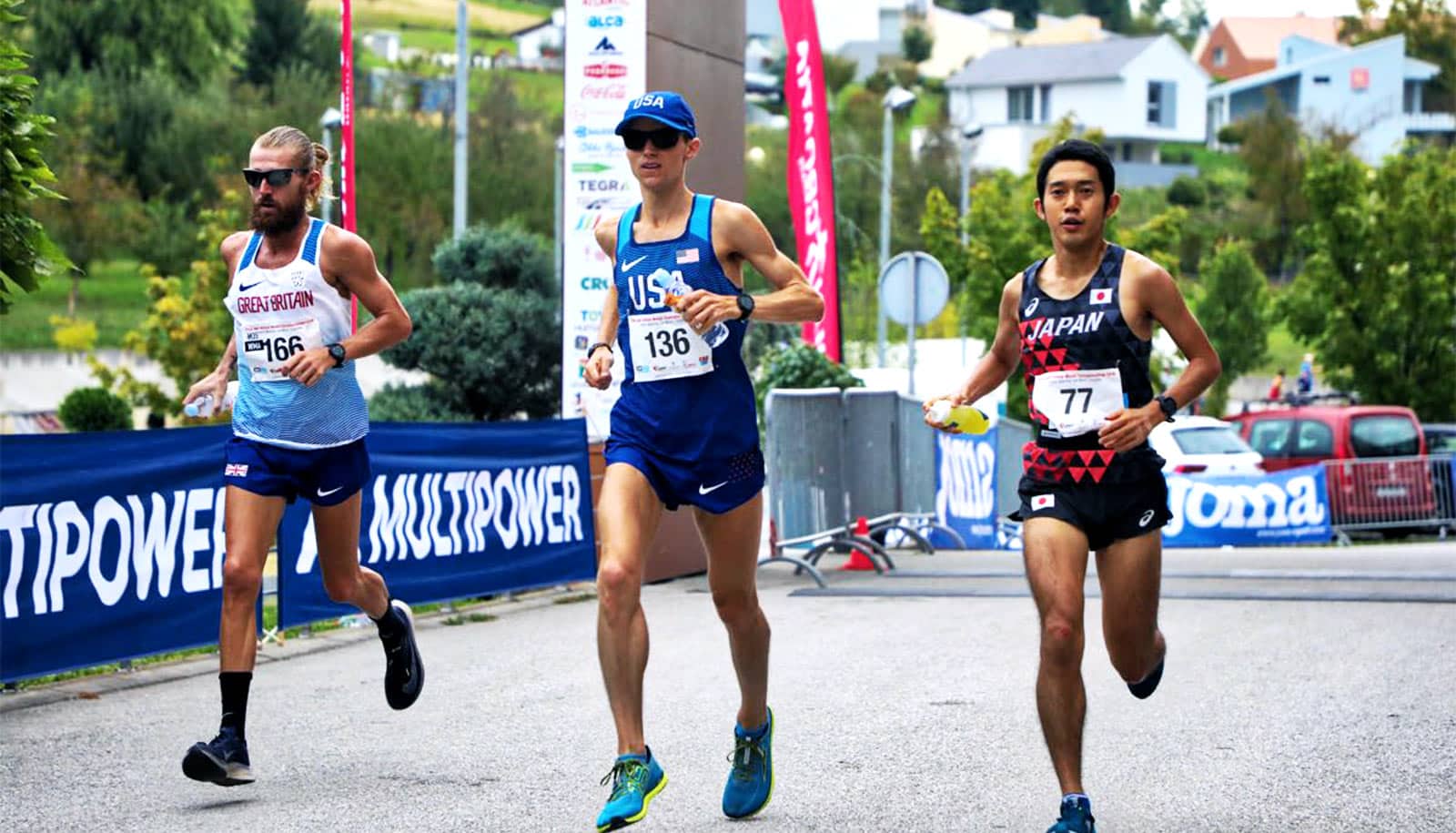What role do new-generation high-tech running spikes—sometimes called super spikes—play in athletic performance? Probably a big one, new research suggests.
For the study, published in the International Journal of Sports Physiology and Performance, researchers quantified the difference in the running economy of super spikes (the industry calls the technology “advanced footwear technology”) compared to traditional track spikes. Running economy is how efficiently your body uses oxygen, a key measure of performance.
They tested a small group of men in both types of spikes. Compared to traditional spikes, runners in super spikes enjoyed about a 2% increase in running economy, which could translate into a 1%-1.5% improvement in times, says coauthor Geoff Burns, adjunct assistant professor of kinesiology at the University of Michigan and sport physiologist with the US Olympic and Paralympic Committee.
For a runner who completes 10,000 meters in 30 minutes, a 2% increase in running economy would result in a time improvement of about 25 seconds, the study shows. The 10,000-meter race is the longest track run at around 6 miles. The female world record for the outdoor 10,000-meter is 28:54 and the male record is 26:11.
“A 1.5%-2.0% increase in economy in an elite runner could be the difference between contending for a medal and not even qualifying for the (Olympic) Games,” Burns says. “For non-elite runners, like high school and NCAA runners, this is still a profound difference that could open doors for competitions and opportunities they might not otherwise have.”
Super spikes incorporate special foams and plates to make them lighter, softer, and springier. Similar advanced footwear technology has been used in running shoes since 2016.
Not all track and field Olympians had access to super spikes in 2020, and many athletes who didn’t wear them thought they provided an unfair advantage, while many who did downplayed their role. More sponsors make spikes with advanced footwear technology now, so most or all athletes in Paris will wear them, Burns says.
The study also compared super spikes with new-generation running shoes, and found that despite their heavier weight, the shoes resulted in similar running economy as the super spikes.
“Some athletes benefit from cushioning more than others, while some athletes benefit from reduced weight more than others,” Burns says. “This is highly individualized, and we don’t yet have good ways to predict who responds to which, but if athletes have a choice, as they do in high school and the NCAA, they should choose whichever feels most comfortable.”
So what’s all this mean for the Paris Olympic Games?
“It’s definitely possible to see Olympic records broken, but I think we’ll definitely see the depth of fast times increase due to the greater availability and access to super spikes,” Burns says.
Additional coauthors are from the University of Michigan and St. Edward’s University.
Source: University of Michigan



